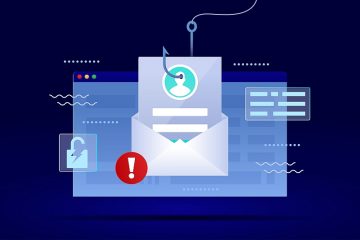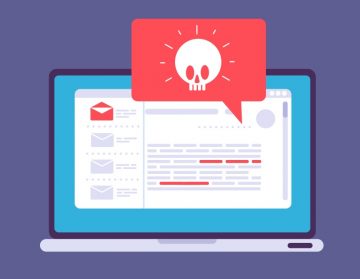"Your Google Account Has Been Locked!" Scam

During our investigation of deceptive websites, our research team came across a scam known as the "Your Google Account Has Been Locked!" scam, which specifically operates as a technical support scam.
This fraudulent scheme targets visitors to the website, falsely claiming that their Google account has been restricted due to visits to harmful websites that pose significant threats. To resolve this issue, the scam encourages users to call a provided helpline for assistance.
It's crucial to emphasize that all the claims made by this scam are entirely false, and it has no affiliation with Google LLC or any of its products or services.
When someone accesses a webpage running this scam, a pop-up message appears, informing the visitor that their Google account has been locked due to recent visits to untrustworthy sites. The pop-up prompts the user to contact "Google Support" to unlock their device.
The background page on the website reiterates the information presented in the pop-up but goes further by elaborating on non-existent threats, such as potential theft of banking data, photographs, and unauthorized access to devices connected to the compromised Google account. The scheme warns that failure to take action may result in permanent device blockage. Consequently, the scam strongly encourages users to call the fake support hotline.
As previously mentioned, all the information provided by "Your Google Account Has Been Locked!" is fabricated, and it should be clear that this content has no association with Google.
Tech Support Scams - the Common Threads
Technical support scams typically involve victims calling bogus helplines, but their tactics can vary beyond that point. Scammers often continue masquerading as "support" or "expert technicians" throughout the scam.
Victims can be deceived into revealing private information over the phone or directed to malicious websites for downloading and installing malware. Most technical support scams involve users granting cybercriminals remote access to their devices, often through software like UltraViewer, TeamViewer, AnyDesk, and others.
Once connected, scammers can disable or uninstall legitimate security tools, install fake antivirus software, extract sensitive information, and even deploy actual malware like trojans, ransomware, or cryptocurrency miners.
Given that "Your Google Account Has Been Locked!" focuses on Google accounts, it is highly probable that this scam aims to steal login credentials. Google accounts serve multiple purposes and may be linked to numerous devices. If these accounts are compromised, it can lead to various serious problems.
Cybercriminals commonly seek login credentials for various accounts, including email, social media, messaging apps, e-commerce platforms, online banking, and cryptocurrency wallets. They may also target personally identifiable information such as names, ages, marital status, occupations, addresses, and contact details, along with financial data like banking account details and credit card numbers.
Victims can be coerced into disclosing sensitive information over the phone or lured into entering it into phishing websites or files. Cybercriminals may also employ data-stealing malware for this purpose.







